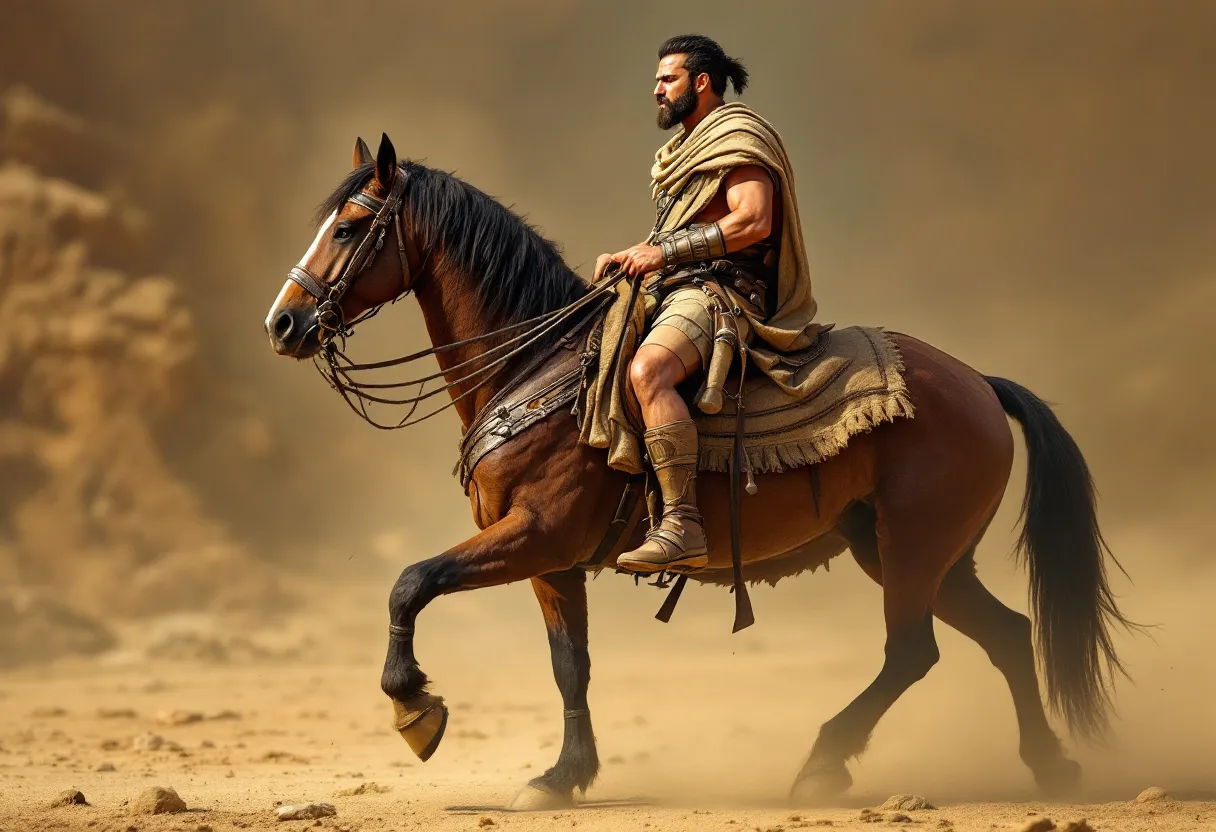As a saddle fitter and designer for over a decade, I’ve had a front-row seat to the fascinating evolution of the humble saddle. I’ve seen firsthand how innovations in materials, technology, and our understanding of equine biomechanics have transformed this essential piece of riding equipment.
Humble Beginnings: Functionality Over Comfort
Let’s be honest, early “saddles” weren’t exactly designed for comfort. Think more along the lines of a glorified blanket! The earliest evidence of saddle-like structures dates back to around 700 BCE, used by mounted soldiers. These were essentially pads made from cloth or animal hides, offering a rudimentary level of support and weight distribution, but oh boy, not much else. The primary goal? To keep the rider *on* the horse, especially during the heat of battle. Comfort was a distant second. I remember seeing replicas in a museum once – you really had to be tough back then!

The Rise of Specialization: Different Saddles for Different Needs
As civilizations advanced, so did saddle design. The Romans introduced the “sella,” a more structured saddle with four horns to provide security – imagine trying to stay on without those in a chariot race! Meanwhile, in the East, saddles were evolving with higher pommels and cantles, reflecting different riding styles and warfare techniques. Fast forward to the Middle Ages, and saddles became increasingly elaborate, reflecting the status and wealth of the rider. Think heavy, ornate saddles adorned with precious metals – not exactly practical, but certainly impressive!
The Western Saddle: A Practical Revolution
The American West brought about a significant shift towards practicality. The Western saddle, born from the needs of cattle ranchers, was built for long hours in the saddle. Its defining feature, the horn, wasn’t just for show – it was a crucial tool for roping cattle. The deep seat and high cantle provided security and comfort during grueling days on the range. The wide tree helped distribute the rider’s weight evenly across the horse’s back. My grandfather, a real cowboy, always said a good Western saddle was a cowboy’s best friend.
The English Saddle: Precision and Performance
Across the pond, the English saddle was evolving in a different direction. Focusing on closer contact and freedom of movement for both horse and rider. This design prioritized communication and precision. From the flat saddles favored by jockeys to the deeper-seated saddles used in dressage. The English saddle emphasizes balance and control. I spent years riding in English saddles and appreciate their elegance and efficiency, but I have to admit, sometimes I miss the security of a good Western saddle on a long trail ride.
Modern Innovations: Comfort and Functionality Combined
The 20th and 21st centuries have witnessed a surge of innovation in saddle design, driven by advancements in materials, technology, and a deeper understanding of equine biomechanics. We’re talking ergonomic materials, adjustable trees, and customizable fittings that enhance both performance and comfort. Memory foam padding, flexible panels, and adjustable gullets are now commonplace, allowing for a more personalized fit and improved weight distribution. I remember when adjustable gullets first came out – it was a game-changer for horses with asymmetrical shoulders!
The Future of Saddle Design: A Focus on Horse Welfare
Where are we headed next? I believe the future of saddle design lies in a continued focus on horse welfare. Advances in pressure mapping technology, gait analysis, and 3D printing are allowing us to create saddles that are even more comfortable, supportive, and responsive to the horse’s individual needs. We’re also seeing a growing emphasis on sustainability, with manufacturers exploring eco-friendly materials and production methods. Ultimately, the goal is to create saddles that not only enhance performance but also promote the long-term health and well-being of our equine partners.
